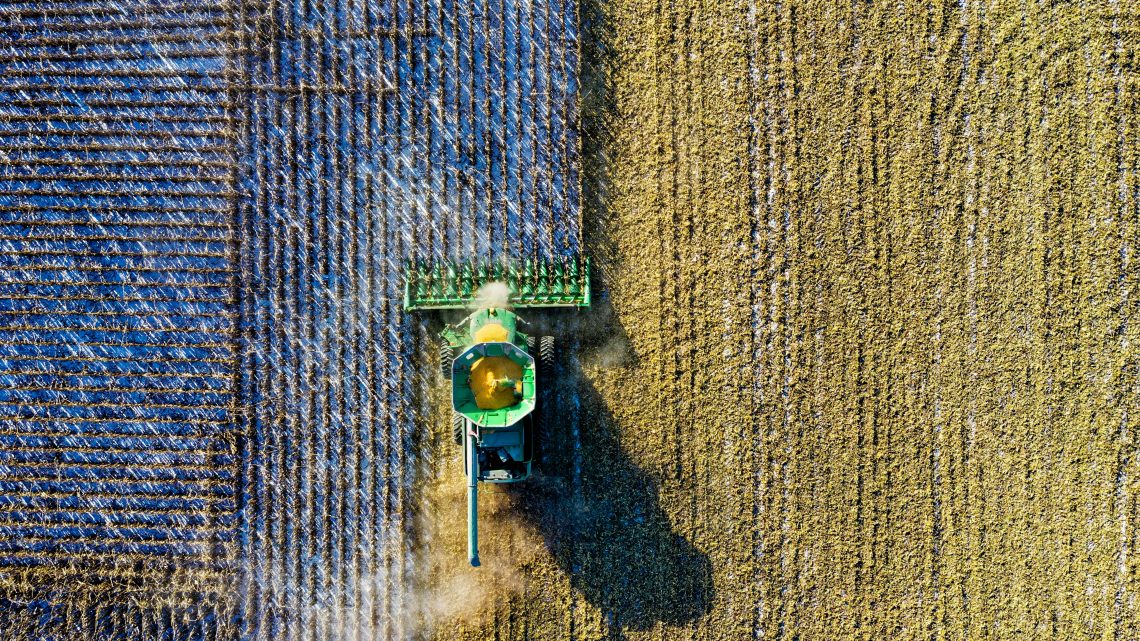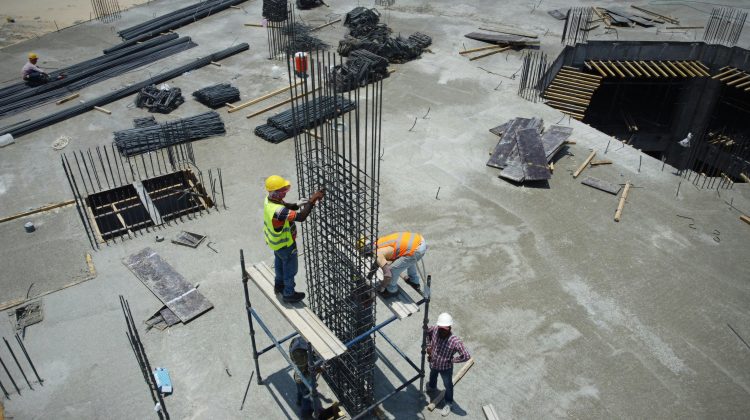In 2022, the agriculture industry faced 18.6 deaths per 100,000 full-time equivalents. This data shines light on the occupational injury and fatality risks that agricultural workers face.
To address this, the National Grain and Feed Association (NGFA) dedicates a week to focusing on agricultural health and safety. From August 19-23rd, during its fifth annual Harvest Safety Week, the NGFA is focused on improving working conditions and ensuring safety for everyone involved in the harvest process.
What is Harvest Safety Week?
Organized by the NGFA, Harvest Safety Week is a week dedicated to sharing safety resources for the agriculture industry during the busy harvest week. The NGFA aims to enhance safety training, promote best practices, and provide resources and training to address the specific challenges faced in the agricultural sector.
For more details on this year’s event, check out the NGFA’s announcement.
This Year’s Theme: “Participate. Prepare. Protect.”
The theme for 2024, “Participate. Prepare. Protect.,” focuses on three key aspects:
- Participate in sharing resources.
- Prepare for potential hazards associated with the harvest season.
- Protect the safety and well-being of all employees involved in the harvest.
Key Resources for 2024
Here are some of the safety resources the NGFA is sharing during Harvest Safety Week.
New Safety Training Videos
The new training resources introduced during Harvest Safety Week, including videos on rail safety and bin site entanglement hazards, are practical tools that can be easily integrated into daily operations. By participating in these training sessions, companies can better prepare their teams and protect their workforce, ensuring that more employees return home safely each day. These concise videos are designed for quick viewing, each lasting just a few minutes.
Webinars and Presentations
A live webinar by People Spark Consulting will cover best practices for onboarding with an emphasis on safety expectations. M&M Specialty Services will also present a recorded video on managing grain quality to ensure both safety and efficiency.
Working Conditions and Safety in the Agricultural Industry
As the demand for agricultural products increases during the harvest season, so does the pressure on workers, making it crucial to prioritize safe working conditions. Understanding and protecting agricultural workers from the unique hazards they face will uphold the success of the industry.
The Importance of Safe Working Conditions
Safe working conditions are the foundation of a productive harvest. Standards set out during this event protect the employees who are essential to transforming our nation’s harvest into food, fuel, and fiber. Creating a healthier, safer work environment not only reduces the likelihood of accidents but also contributes to a more efficient and successful harvest season.
Common Harvest Season Hazards
Harvest season brings a unique set of risks to the workers who make it happen. Among the most significant dangers are machinery accidents and entanglement hazards. Accidents involving machinery and entanglement are prevalent because of the fast-paced nature and high demand for agricultural work. To prevent these accidents, employers and employees need to understand these hazards and apply effective safety strategies.
Implementing Safety Practices
Creating and maintaining a safe workplace involves adhering to best practices and safety measures. This includes regular equipment inspections, proper training, and strict adherence to safety protocols. Through this, employers can significantly reduce the likelihood of accidents.
The Role of Training and Resources
The resources that the NGFA promotes, such as training videos and webinars, are essential for promoting safer working conditions. Through ongoing education and preparedness, both employees and employers can create a less hazardous workspace.
Making Agriculture a Safer Industry
Harvest Safety Week serves as a timely reminder that safety is not just a seasonal concern but a year-round commitment. The challenges and risks associated with farming do not disappear when the harvest ends. Instead, they are present in every aspect of agricultural operations.
If you are working in a high-risk industry such as agriculture, make sure to take note of what steps to take after a workplace injury and the types of compensation available for injured workers.
Some advice from a Phoenix worker’s compensation attorney is that any physical injuries, repetitive stress, or strain should be taken seriously. It is important to understand that benefits like workers’ compensation aren’t just for accident victims.
To create a safer, more productive workplace for everyone involved, implementing and updating safety standards benefit the agricultural process. Whether it’s ensuring that machinery is properly maintained, that workers receive ongoing safety training, or that emergency procedures are clearly understood, these efforts are a step in the right direction.





No Comment